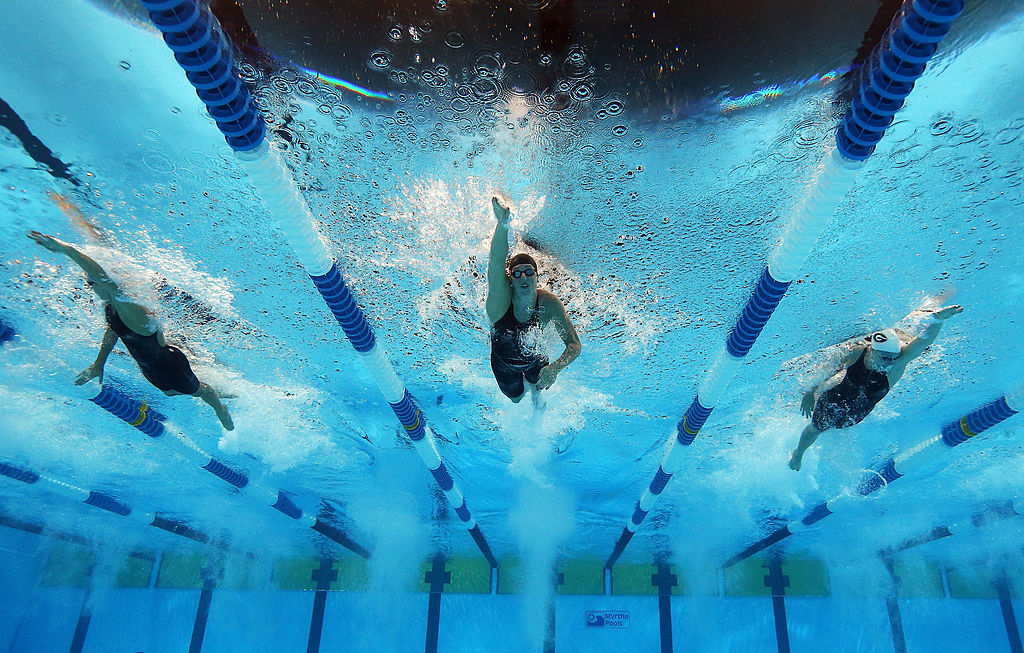Running may be better for the heart than swimming, new study shows
By mbrooks on May 27, 2019

Running and swimming have been popular exercises for years. One sport only requires a pair of shoes, the other a body of water.
Multiple studies have shown that, on average, running will burn more calories than swimming.
The Mayo Clinic has stated that on hour of moderate swimming will burn 423 calories. An hour of moderate running will burn 606 calories.
The effect of running and swimming on the heart is the subject of a new study released by the journal “Frontiers in Physiology” in November.
Researchers at the University of Guelph in Canada collaborated with researchers at other institutions to investigate the differences in heart function on experienced swimmers and runners.
Heart health
First, here is a primer on the human heart.
The heart is located slightly left of the sternum. It sits in a sac called the pericardium.
The heart has two atriums, or cavities: the left atrium and the right atrium. The right atrium receives deoxygenated blood from the veins of the body. The left atrium receives oxygenated blood from the pulmonary vein. The two atriums are separated by a wall of muscle called the septum.
The heart has two ventricles, or chambers: the left ventricle and the right ventricle. Deoxygenated blood enters the right atrium and passes on to the right ventricle on the way to the lungs. Oxygenated blood enters the left ventricle, which pushes blood through the aortic valve, from where it is distributed to all parts of the body. The left ventricle is the larger and stronger muscle.
Swimmers versus runners
The physiology study brought in sixteen runners who were competing on the Olympic or international level. Sixteen swimmers from the same level were also brought in. Both groups had male and female athletes.
The less time it takes for the left ventricle to relax in between pumps is a sign of a healthier heart. The study found that in runners’ hearts the left ventricle relaxed more quickly than in swimmers’ hearts.
This does not necessarily mean that the runners have more efficient hearts than the swimmers have.
Runners and swimmers were found to have similar rates of blood pressure.
One possible explanation for the differences in the runners’ versus the swimmers’ hearts is due to the nature of the sports. Runners run vertically while swimmers swim horizontally.
According to a statement in the New York Times by Dr. Jamie Burr, who was involved with conducting the study, the runner’s heart may need to work harder to fight the force of gravity.
These athletes, as expected, had healthier hearts than people who don’t regularly exercise.
If strengthening your left ventricle is of a strong interest to you, a 2015 study demonstrates that competitive rowers have even more muscle mass in the left ventricle than runners.








